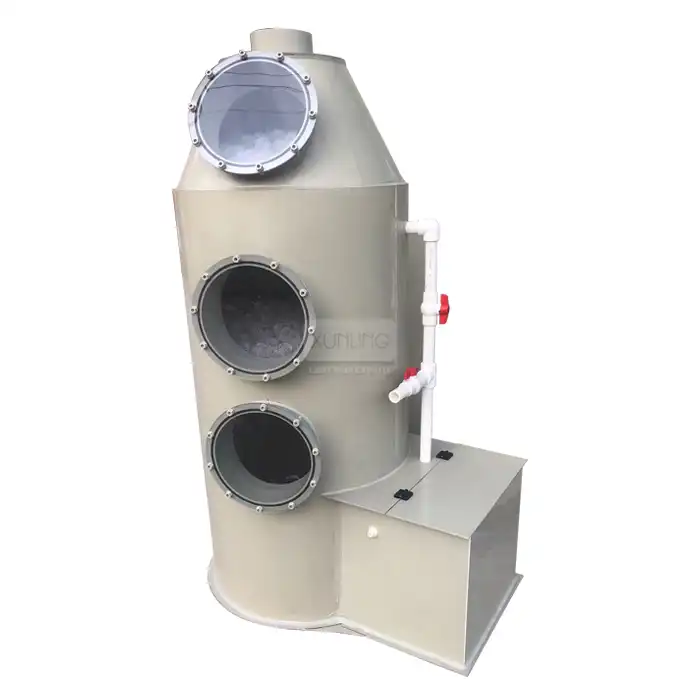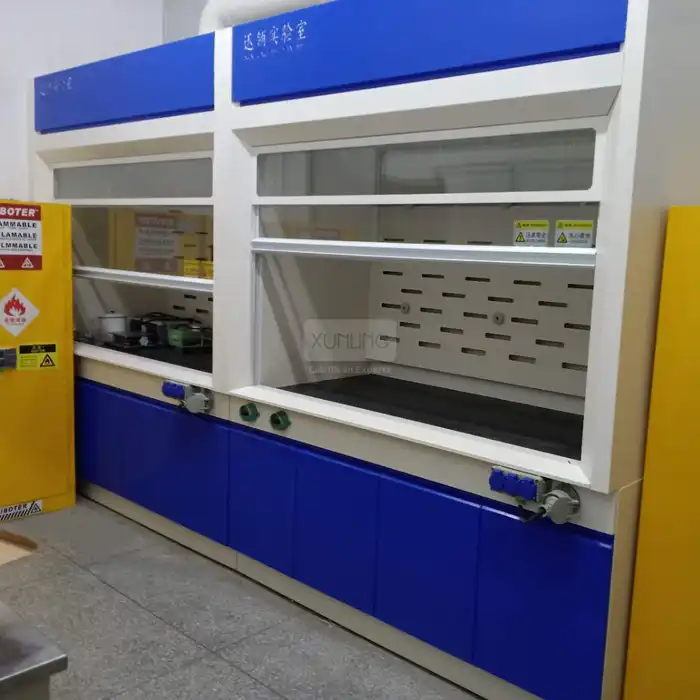
How do I choose the right fume hood for my needs?
2025-05-29 18:09:25
Selecting the appropriate Fume Hood for your laboratory is a critical decision that directly impacts safety, efficiency, and operational costs. A fume exhaust hood serves as the primary protective barrier between laboratory personnel and hazardous chemicals, vapors, and particles. The right choice depends on multiple factors including the type of chemicals being used, laboratory layout, airflow requirements, and specific research applications. Understanding these variables ensures optimal protection while maintaining energy efficiency and compliance with safety regulations. This comprehensive guide will walk you through the essential considerations for making an informed decision about your laboratory's ventilation needs.

Understanding Different Types of Fume Hoods
Ducted Fume Hoods: Traditional Ventilation Solutions
Ducted Fume Hoods represent the most common type of laboratory ventilation system, connecting directly to external exhaust systems through ductwork. These fume exhaust hood systems excel in handling a wide variety of chemicals and provide consistent airflow patterns that effectively capture and remove contaminants from the work area. The design typically features a variable air volume (VAV) system that adjusts airflow based on the sash position, optimizing energy consumption while maintaining safety standards. The installation of ducted systems requires careful consideration of building infrastructure, as they need dedicated exhaust ducts that terminate outside the building. This type of fume exhaust hood is particularly effective for laboratories working with volatile organic compounds, acids, bases, and other hazardous materials that require complete removal from the work environment. The continuous airflow ensures that even trace amounts of contaminants are effectively evacuated, making them ideal for high-risk applications in pharmaceutical research, chemical synthesis, and analytical testing. Modern ducted fume hoods incorporate advanced monitoring systems that track face velocity, alarm conditions, and energy consumption. These smart features help laboratory managers maintain optimal performance while reducing operational costs. The robust construction and proven track record make ducted systems the gold standard for laboratories requiring maximum safety and reliability in their ventilation infrastructure.
Ductless Fume Hoods: Flexible and Energy-Efficient Alternatives
Ductless Fume Hoods, also known as recirculating or Filtered Fume Hoods, offer a versatile solution for laboratories with limited ducting capabilities or specific filtration requirements. These systems utilize specialized filters to clean contaminated air before recirculating it back into the laboratory space. The fume exhaust hood design incorporates multiple filtration stages, typically including pre-filters, activated carbon filters, and HEPA filters to address different types of contaminants. The primary advantage of ductless systems lies in their installation flexibility and energy efficiency. Since they don't require external ductwork, these fume exhaust hood units can be installed virtually anywhere with access to electrical power. This makes them ideal for temporary laboratories, field research stations, or existing facilities where installing traditional ductwork would be cost-prohibitive or structurally challenging. Additionally, the recirculating design eliminates the energy loss associated with exhausting conditioned air, resulting in significant HVAC savings. However, ductless fume hoods require careful selection of filtration media based on the specific chemicals being used. The filters must be regularly monitored and replaced according to manufacturer specifications to maintain effectiveness. These systems work best with known chemicals that can be effectively captured by available filtration technologies. Modern ductless units feature real-time filter monitoring, airflow indicators, and automatic shutdown capabilities when filter capacity is exceeded, ensuring continuous protection for laboratory personnel.
Specialty Fume Hoods: Tailored Solutions for Specific Applications
Specialty fume hoods address unique laboratory requirements that standard ducted or ductless systems cannot adequately handle. These include perchloric acid hoods, radioisotope hoods, walk-in fume hoods, and distillation hoods, each designed for specific hazardous materials or processes. A perchloric acid fume exhaust hood, for example, features specialized construction materials and wash-down capabilities to prevent the accumulation of explosive perchlorate crystals. Walk-in fume hoods provide expanded workspace for large equipment or processes that cannot fit within standard hood configurations. These fume exhaust hood systems maintain the same safety principles while accommodating oversized apparatus, multiple researchers, or equipment that requires frequent access. The increased face opening requires careful airflow design to maintain proper containment while providing adequate working space. Radioisotope fume hoods incorporate specialized shielding, contamination control features, and monitoring systems to handle radioactive materials safely. These systems often include features like glove ports, pass-through chambers, and specialized filtration to prevent radioactive contamination from spreading. Each specialty fume exhaust hood type requires specific certification and maintenance procedures to ensure continued safe operation and regulatory compliance.
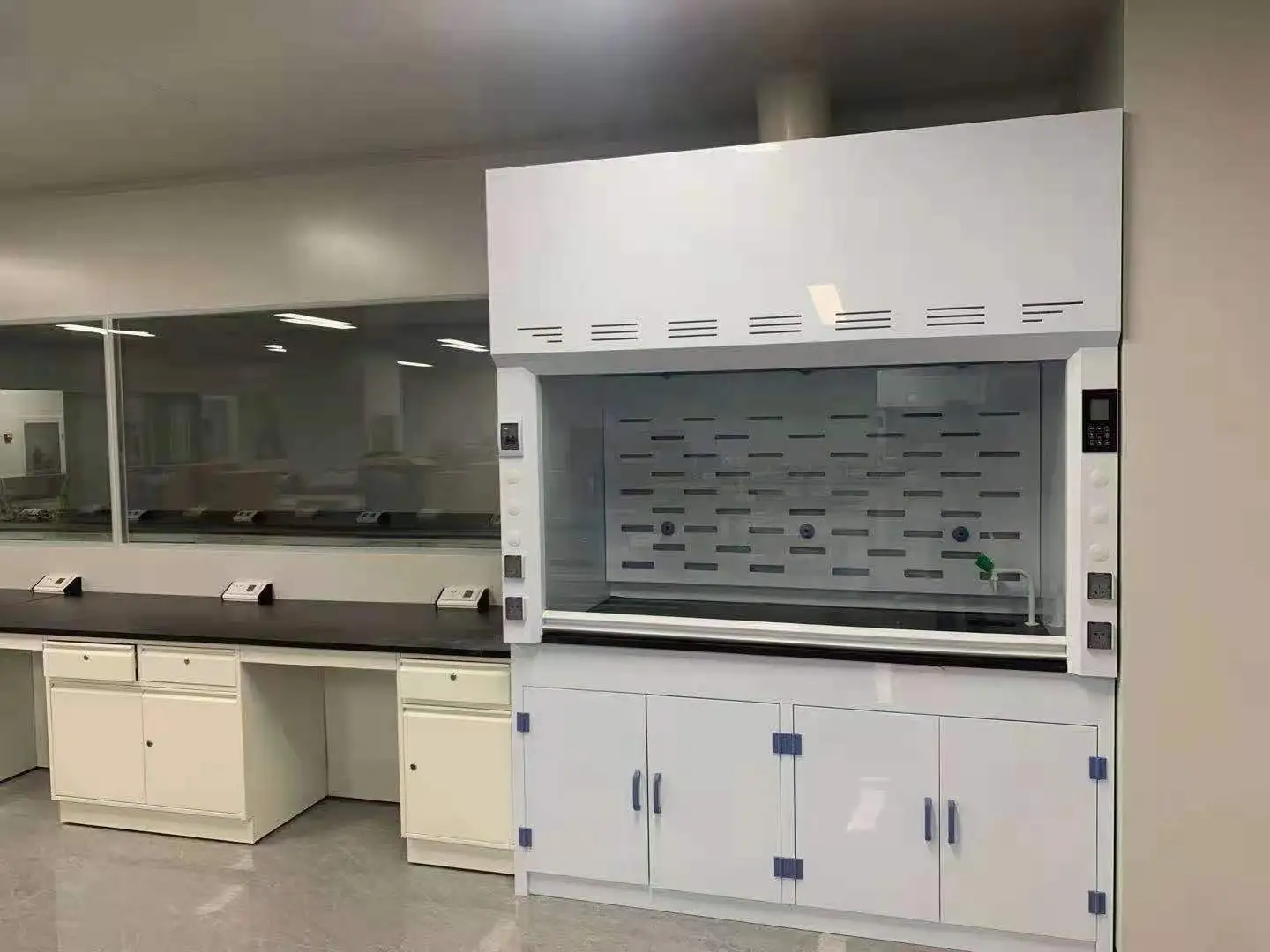
Key Factors to Consider When Selecting a Fume Hood
Chemical Compatibility and Safety Requirements
The types of chemicals and processes conducted in your laboratory fundamentally determine the appropriate fume exhaust hood selection. Corrosive chemicals like hydrofluoric acid require specialized construction materials such as polypropylene or PVC linings that resist chemical attack. Standard steel construction with epoxy coatings may be inadequate for highly corrosive environments and could lead to premature failure or safety hazards. Volatile organic compounds and solvents require fume exhaust hood systems with high capture efficiency and appropriate explosion-proof electrical components if flammable vapors are present. The airflow patterns must be designed to prevent the accumulation of vapors that could reach explosive concentrations. Additionally, the exhaust system must comply with environmental regulations regarding emissions, which may require secondary treatment systems like scrubbers or thermal oxidizers. Temperature considerations also play a crucial role in fume exhaust hood selection. High-temperature processes require heat-resistant construction materials and may need additional cooling systems to protect the hood structure and maintain safe working conditions. Some applications may require specialized features like emergency drench systems, fire suppression integration, or explosion-relief panels. A thorough hazard assessment should be conducted to identify all potential risks and ensure the selected system provides adequate protection.
Laboratory Layout and Space Constraints
The physical dimensions and layout of your laboratory significantly impact fume exhaust hood selection and placement. Ceiling height, available wall space, and proximity to other equipment all influence the type and size of hood that can be accommodated. Standard fume exhaust hood units typically require minimum ceiling heights of 8-10 feet for proper installation and maintenance access, while walk-in hoods may need significantly more clearance. Foot traffic patterns and emergency egress routes must be considered when positioning fume hoods to ensure they don't create bottlenecks or impede evacuation procedures. The hood should be located away from high-traffic areas where air currents from personnel movement could disrupt airflow patterns and compromise containment. Cross-drafts from doorways, HVAC vents, or windows can significantly impact hood performance and should be minimized through careful placement and design. Utility requirements including electrical power, water, gas, and compressed air connections need to be planned during the design phase. The fume exhaust hood location should provide convenient access to these utilities while maintaining safe separation from ignition sources if flammable materials are used. Future expansion plans should also be considered to ensure the selected system can accommodate changing research needs without requiring major renovations.
Energy Efficiency and Operating Costs
Energy consumption represents a significant portion of fume exhaust hood operating costs, making efficiency considerations crucial for long-term sustainability. Variable Air Volume (VAV) systems automatically adjust airflow based on sash position, potentially reducing energy consumption by 30-50% compared to constant volume systems. These smart fume exhaust hood systems maintain safe face velocities while minimizing the amount of conditioned air exhausted from the laboratory. Modern fume hoods incorporate occupancy sensors, sash position monitors, and programmable setback modes to further reduce energy consumption during non-use periods. Some systems can reduce airflow to minimum safe levels during nights and weekends while maintaining adequate purge ventilation. These features can result in substantial energy savings over the hood's operational lifetime, often justifying higher initial equipment costs. The total cost of ownership includes not only energy consumption but also maintenance requirements, filter replacement costs for ductless systems, and potential utility infrastructure upgrades. A comprehensive economic analysis should consider all these factors over the expected equipment lifespan, typically 15-20 years for quality fume exhaust hood systems. Energy-efficient designs often qualify for utility rebates or green building credits that can offset initial costs and provide additional financial benefits.
Installation and Maintenance Considerations Professional Installation Requirements
Proper installation is critical for fume exhaust hood safety and performance, requiring experienced professionals familiar with laboratory ventilation systems. The installation process begins with detailed site assessment to verify that existing infrastructure can support the selected system. This includes evaluating structural support for hood weight, electrical capacity for motor and control systems, and ductwork sizing for adequate airflow. Commissioning procedures for fume exhaust hood systems include comprehensive testing of airflow patterns, face velocity measurements, and containment verification using tracer gases. These tests ensure the system meets design specifications and safety standards before being placed into service. Proper documentation of commissioning results provides baseline data for future maintenance and performance monitoring. Installation teams should be certified in laboratory ventilation systems and familiar with relevant safety standards such as ASHRAE 110, SEFA, and local building codes. The complexity of modern fume exhaust hood systems, including controls integration, monitoring systems, and energy management features, requires specialized knowledge to ensure proper configuration and operation. Post-installation training for laboratory personnel ensures safe and effective use of the new equipment.
Ongoing Maintenance and Performance Monitoring
Regular maintenance is essential for maintaining fume exhaust hood safety and efficiency throughout its operational life. Daily visual inspections should check for obvious damage, proper sash operation, and alarm system functionality. Weekly checks might include face velocity measurements at multiple points across the hood opening to ensure uniform airflow distribution. Monthly maintenance typically involves filter inspection and replacement for ductless systems, cleaning of interior surfaces, and verification of control system operation. The fume exhaust hood should be taken out of service during maintenance activities, requiring coordination with laboratory schedules to minimize disruption. Maintenance records should be maintained to track performance trends and identify potential issues before they become safety hazards. Annual certification by qualified technicians ensures continued compliance with safety standards and optimal performance. This comprehensive evaluation includes containment testing, airflow visualization, and calibration of monitoring systems. Any deficiencies identified during certification must be corrected promptly to maintain safe operation. A preventive maintenance program helps extend equipment life, reduce unexpected failures, and ensure consistent protection for laboratory personnel working with the fume exhaust hood system.
Troubleshooting Common Issues
Understanding common fume exhaust hood problems enables quick identification and resolution of issues that could impact safety or performance. Reduced face velocity is often the first sign of system problems and can result from filter loading, ductwork obstructions, or fan motor issues. Regular monitoring helps detect these changes before they compromise containment effectiveness. Airflow disturbances visible through smoke testing may indicate problems with room air currents, improper sash position, or equipment placement within the hood. These issues can often be resolved through user training or minor adjustments to laboratory layout. More serious problems like unusual noises, vibrations, or control system malfunctions require immediate attention from qualified service technicians. Emergency procedures should be established for fume exhaust hood failures, including immediate work stoppage, area evacuation if necessary, and notification of safety personnel. Backup ventilation or alternative work locations should be identified for critical processes that cannot be interrupted. Having service contracts in place ensures rapid response to equipment failures and maintains laboratory productivity while protecting personnel safety.
Conclusion
Selecting the right fume hood requires careful consideration of chemical compatibility, laboratory layout, energy efficiency, and long-term maintenance requirements. The decision impacts not only immediate safety and functionality but also operational costs over the equipment's 15-20 year lifespan. By evaluating these factors systematically and working with experienced professionals, laboratories can choose fume exhaust hood systems that provide optimal protection, efficiency, and value for their specific applications and requirements.
Ready to find the perfect fume hood solution for your laboratory? Xi'an Xunling Electronic Technology Co., Ltd. offers comprehensive OEM laboratory furniture and equipment solutions with over 1,100 employees and 21 service centers nationwide. Our advantages include 5-day delivery, 5-year warranty, custom-made solutions, and one-stop service. We provide cost-effective, reliable, and user-friendly products with comprehensive after-sales support and flexible purchase options. Whether you need standard configurations or custom-designed systems, our expert team is ready to help you create a safer, more efficient laboratory environment. Contact Us today at xalabfurniture@163.com to discuss your specific requirements and discover how our proven track record of serving schools, disease control centers, pharmaceutical companies, and research institutions can benefit your laboratory operations.
References
1. American Society of Heating, Refrigerating and Air-Conditioning Engineers. "Method of Testing Performance of Laboratory Fume Hoods." ASHRAE Standard 110-2016.
2. Scientific Equipment and Furniture Association. "Laboratory Fume Hoods Recommended Practices." SEFA 1.2-2010.
3. Occupational Safety and Health Administration. "Laboratory Safety Guidance for Chemical Hazards." OSHA Publication 3404-09R, 2011.
4. National Institute for Occupational Safety and Health. "Criteria for a Recommended Standard: Occupational Exposure to Substances Used in Laboratory Fume Hoods." NIOSH Publication No. 78-127.
5. International Association for the Testing of Ventilation Equipment. "Performance Testing of Laboratory Fume Cupboards." IATVE Guidelines, 2018.
6. American National Standards Institute. "Laboratory Equipment - Fume Hoods - Performance Requirements." ANSI/AIHA Z9.5-2012.
YOU MAY LIKE







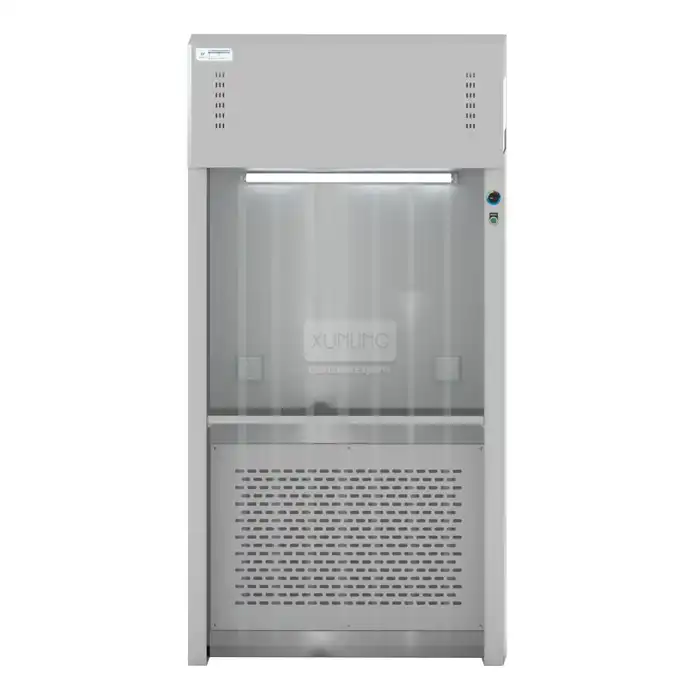
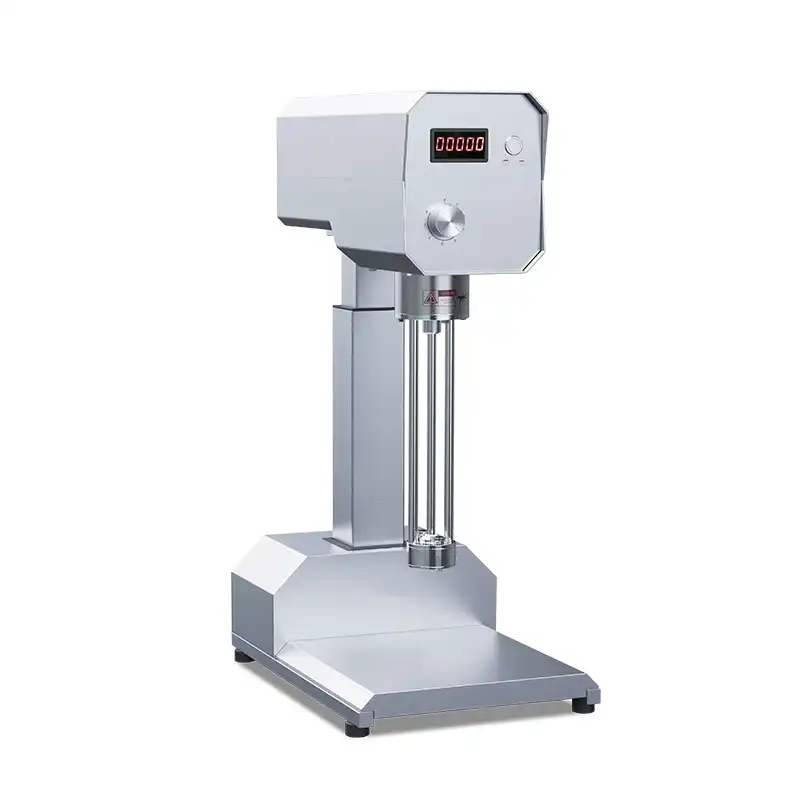
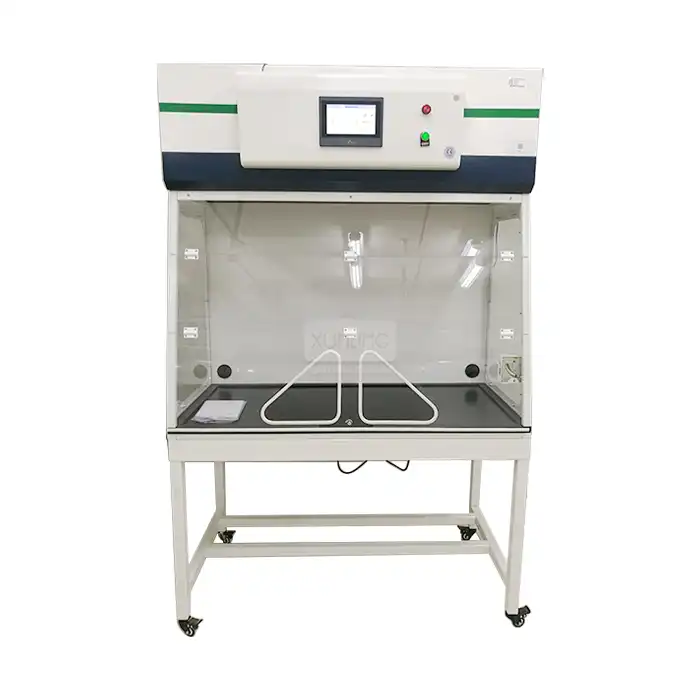
_1743667274497.webp)
_1735393517659.webp)
_1735472430670.webp)
